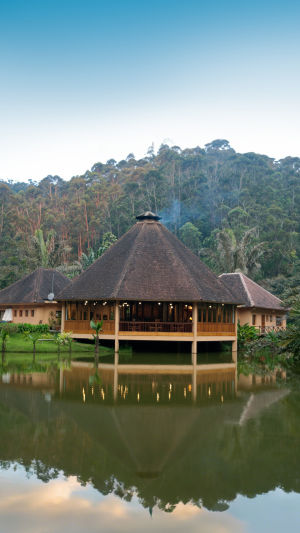Friends, imagine dawn light filtering through towering rainforest canopies as silhouettes of lemurs leap between branches. Madagascar’s primates captivate with their curious eyes and acrobatic grace—but true encounters thrive where these creatures roam free.
This guide provides essential insights into responsible lemur spotting to ensure a delightful and respectful experience with these captivating creatures.
<h3>Island Reality</h3>
Vakôna, nicknamed “Lemur Island,” sits just off Andasibe Mantadia National Park’s shore. A narrow river confines about 20 habituated lemurs to under 5 ha of land, ensuring near‑guaranteed selfies.
While this setup draws crowds, it masks how these primates would naturally forage, socialize, and mark territories across vast forest tracts spanning thousands of hectares.
<h3>Ethical Concerns</h3>
Forced proximity and hand‑feeding can erode lemurs’ wild behaviors. In true rainforests, species like the Indri indri travel up to 1 km daily for fresh shoots; on small islets, energy budgets shrink and social cues shift.
Experts note that disrupted movement patterns impair breeding success—Indri fail to reproduce reliably in cramped conditions, highlighting the need for larger, protected expanses.
<h3>Feeding Harm</h3>
Tourist‑provided bananas and papaya differ from lemurs’ natural diet of seasonal figs, leaves, and insects. Introducing sugary fruit skews gut flora, risking malnutrition and dental decay. Meanwhile, leftover scraps attract invasive rats and dogs that prey on eggs and young lemurs.
In balanced ecosystems, lemurs pollinate orchids and spread seeds—roles lost when hand‑fed by visitors.
<h3>Health Risks</h3>
Close contact poses zoonotic dangers: human colds can decimate lemur groups, while lemur‑borne bacteria risk hikers. Madagascar’s Ministry of Environment mandates keeping at least 10 m distance, yet confined reserves blur that line.
Stress hormones spike in lemurs subjected to constant human noise, weakening immunity and shortening lifespans. Respecting space protects both species.
<h3>Wild Alternatives</h3>
Andasibe Mantadia National Park entry is $25 per person, with licensed guides at $15 per group enabling ethical sightings of Indri and Diademed sifakas.
Ranomafana National Park charges $25 plus $15 guiding fees; golden bamboo lemurs leap through understory ferns.
In Masoala NP, $35 entry and $20 guide unlock nocturnal walks spotting aye‑ayes and mouse lemurs under red lamp filters.
<h3>Spotting Tips</h3>
Best viewing occurs at first light (6 am–9 am) and dusk (4 pm–6 pm) when lemurs forage and vocalize. Binoculars and a DSLR with 200 mm lens ($25 rental) capture distant movements without intrusion. Listen for alarm calls—ring‑tailed lemurs chatter when predators lurk. Guided forest walks of 2–3 hours ensure minimal disturbance and deeper insights than self‑guided treks.
<h3>Packing List</h3>
Trail‑ready gear boosts comfort: waterproof hiking boots, quick‑dry trousers, and a lightweight rain jacket handle rainforest mist. Carry a 1 L refillable bottle ($1.50 refill) and energy snacks for remote trails. Insect repellent wards off mosquitoes carrying malaria, while hand sanitizer shields against forest‑borne pathogens.
<h3>Lodging Guide</h3>
Andasibe’s Feon’ny Ala ecolodge offers dorm beds at $30 per night and private bungalows for $60, mere steps from park gates.
Vakona Forest Lodge’s waterfront chalets start at $80, including breakfast and evening boat rides (2 hours) for $10.
In Ranomafana, Hotel Thermal provides rooms from $50 with hot springs access.
Masoala Forest Lodge’s eco‑bungalows begin at $120, covering meals and boat transfers.
<h3>Travel Details</h3>
From Antananarivo, taxi‑brousse minibuses to Andasibe run hourly (6 am–5 pm) for $5 over a 3‑hour journey. Private transfers cost $50 one‑way for groups of up to four.
Park hours typically span 6 am–4 pm; night walks start at 7 pm and last two hours. Always confirm transport and guide availability at least two days ahead to secure prime forest slots.
<h3>Conclusion</h3>
True lemur magic shines where these primates roam vast rainforests, free from forced feeding and cramped enclosures. By choosing national parks, licensed guides, and mindful practices—keeping distance, avoiding hand‑outs, and supporting conservation—you ensure Madagascar’s lemurs persist for generations. Ultimately, promoting ethical interactions ensures that future generations can also enjoy these extraordinary creatures in their rightful home.





